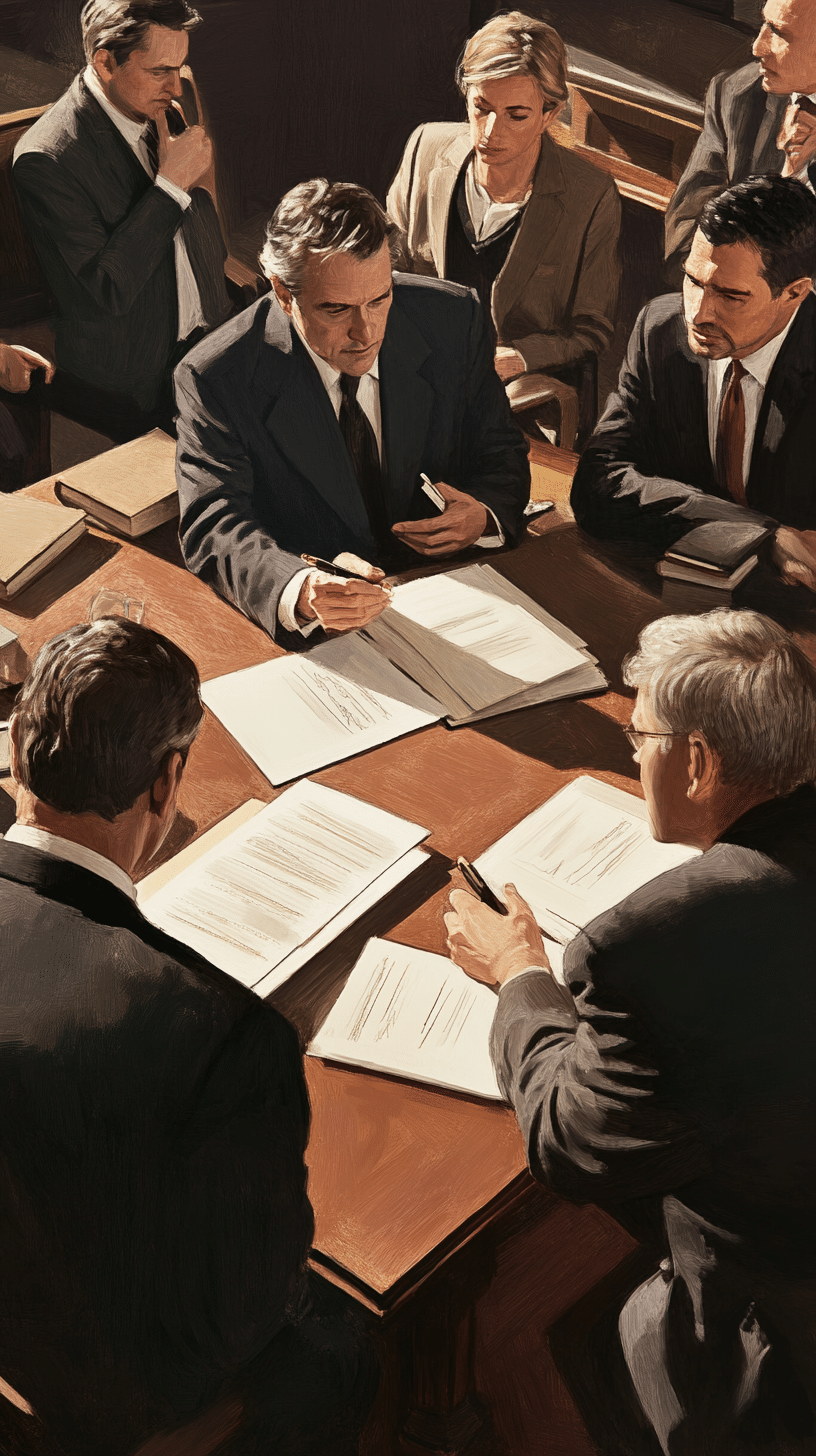Elmont Open MRI & Diagnostic Radiology, P.C. v State Farm Ins. Co., 2010 NY Slip Op 50053(U)(Dis. Ct. Nassau Co. 2010)
“When a doctor testifies outside his area of expertise, the party calling the doctor must lay a foundation establishing the doctor is familiar with the generally accepted practice in the area in question to lay a proper a foundation for the expert’s opinion. Shectman v. Wilson, -A.D.3d-, 2009 WL 4674047 (2nd Dept. 2009); and Geffner v. North Shore University Hosp., 57 AD3d 838 (2nd Dept. 2009).
State Farm had a neurologist perform the peer review and called a neurologist to testify the cervical and lumbar MRIs ordered by a chiropractor were not medically necessary. Even though the parties stipulated Dr. Seliger was an expert, his field of expertise is neurology not chiropractics. State Farm did not establish Dr. Weiland, the peer reviewer, or Dr. Seliger, the re-peer, were familiar with generally accepted chiropractic practices or the generally accepted reasons why a chiropractor would order a patient to have a cervical or lumbar MRI. Therefore, Dr. Weiland’s peer review report and Dr. Seliger’s testimony are insufficient to rebut the presumption of medical necessity that attaches to a timely filed no-fault claim.”
I have never been an “I told you so” kind of person, but I think those of us who have followed the law since Geffner was announced last year saw this one coming. On various conference calls and discussions that I have had with other defense counsel, I was given the common refrain that as long as a doctor of a “higher specialty” was used, the peer report or IME would always be proper. The defense counsel would then point to the DOI’s 2004 opinion letter where the Department approved of the higher specialty rule. Yet, as we all know, issues involving evidence and admissibility of certain evidence are questions solely within the province of the Court.
Also, I recall a particular defense attorney who I spoke with was adamant that the Geffner line of cases solely involved medical malpractice matters, had nothing to do with no-fault actions and that I was wrong for questioning the proposition that there might be some fault lines present in the higher specialty rule. All I am going to say is that it is hard to stop a freight train that is zooming full speed ahead. Geffner is that freight train, and the no-fault bar should have seen this one coming 100 miles away.
For the record, I posted this on December 28, 2008, just so you you know that I predicted this disaster:
Geffner v North Shore Univ. Hosp.
2008 NY Slip Op 10124 (2d Dept. 2008)
To support her allegations [of medical malpractice and in opposition to Defendant’s motion for summary judgment], the plaintiff submitted the expert affidavit of Charles Phillips, a physician certified in emergency medicine. Dr. Phillips’ affidavit was of no probative value, however, as it contained opinions outside his area of expertise and did not establish a foundation for his opinions (see Glazer v Choong-Hee Lee, 51 AD3d 970; Mustello v Berg, 44 AD3d 1018, 1018-1019; Behar v Coren, 21 AD3d 1045, 1046-1047)….”
“Finally, the plaintiff submitted the expert affirmations of Howard C. Adelman, a physician certified in clinical pathology and cytopathology, which alleged that the defendant doctors misdiagnosed the decedent as suffering from myelodysplastic syndrome, acute myeloid leukemia, and adenocarcinoma. Dr. Adelman’s affirmations were insufficient to raise a triable issue of fact with respect to the alleged misdiagnoses since they failed to address the evidence relied upon by North Shore’s experts in rendering their opinions that the diagnoses were correct (see Germaine v Yu, 49 AD3d 685, 687; Fhima v Maimonides Med. Ctr., 269 AD2d 559, 560).
Issue #1: Doctors who give opinions outside their scope of expertise.
This is a problem, however, an accounting of their skills and expertise should get one of the trouble that was wrought in this cae
Issue #2: Failure to address movant’s proof.
Big problem in no-fault litigation.”












